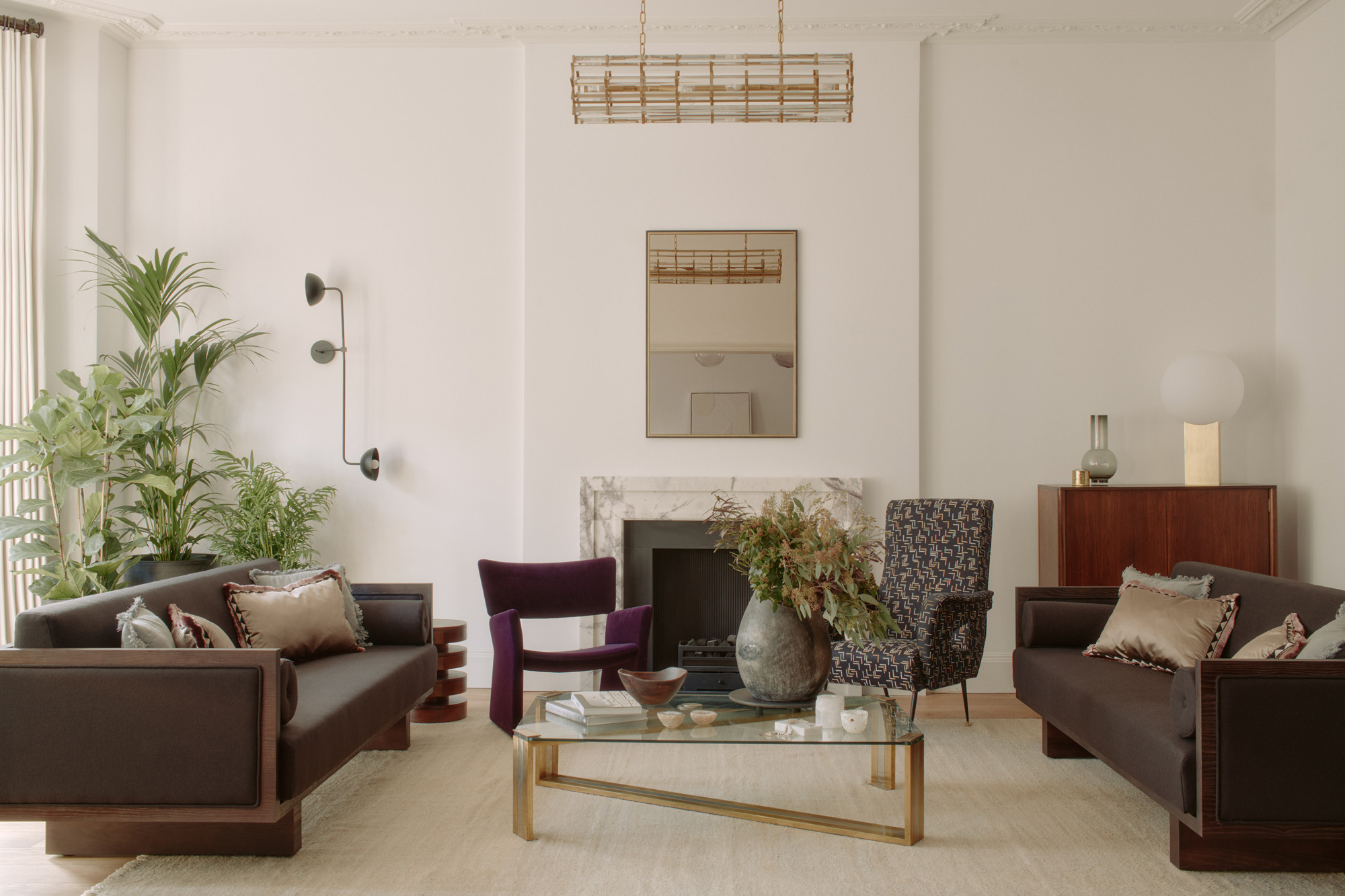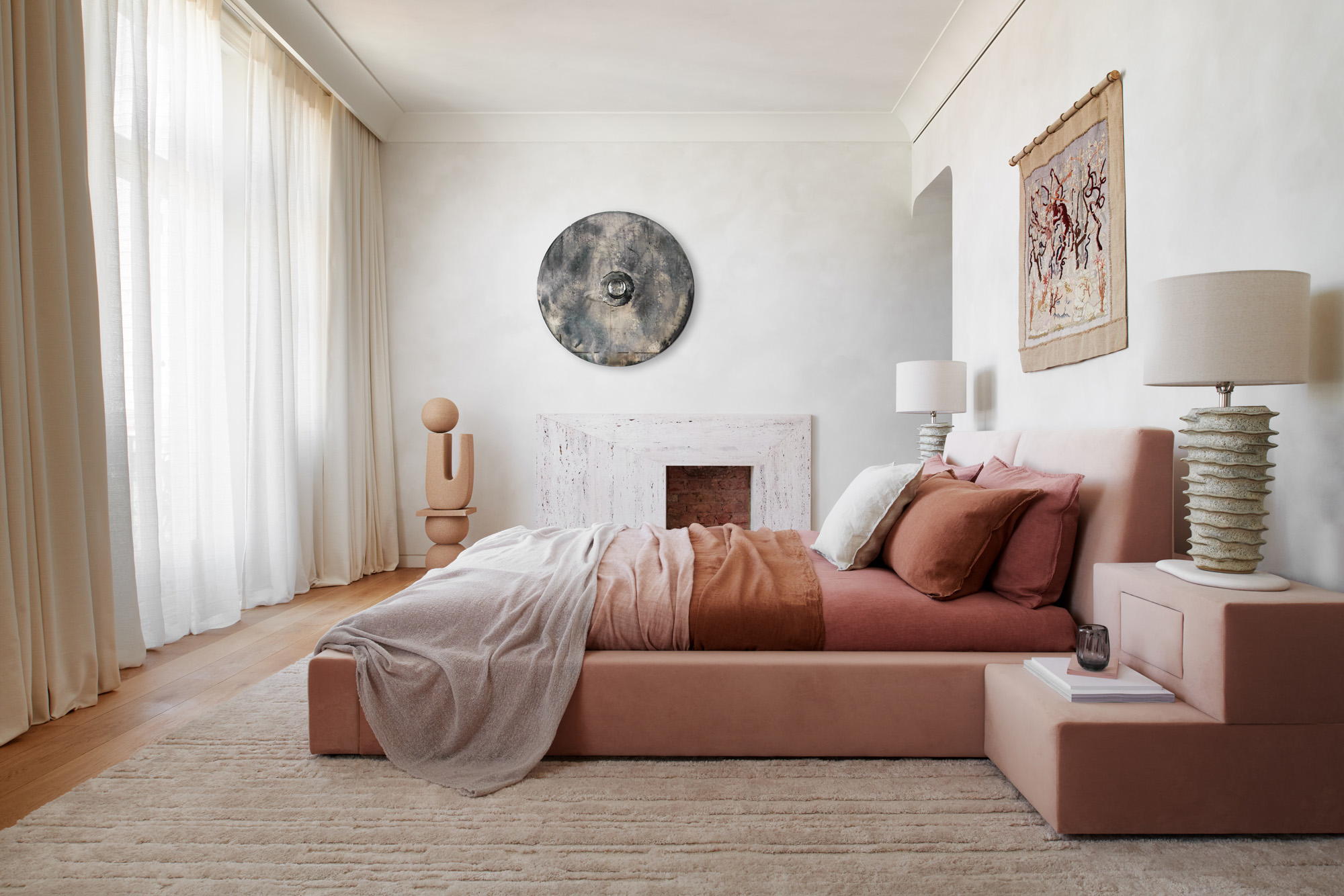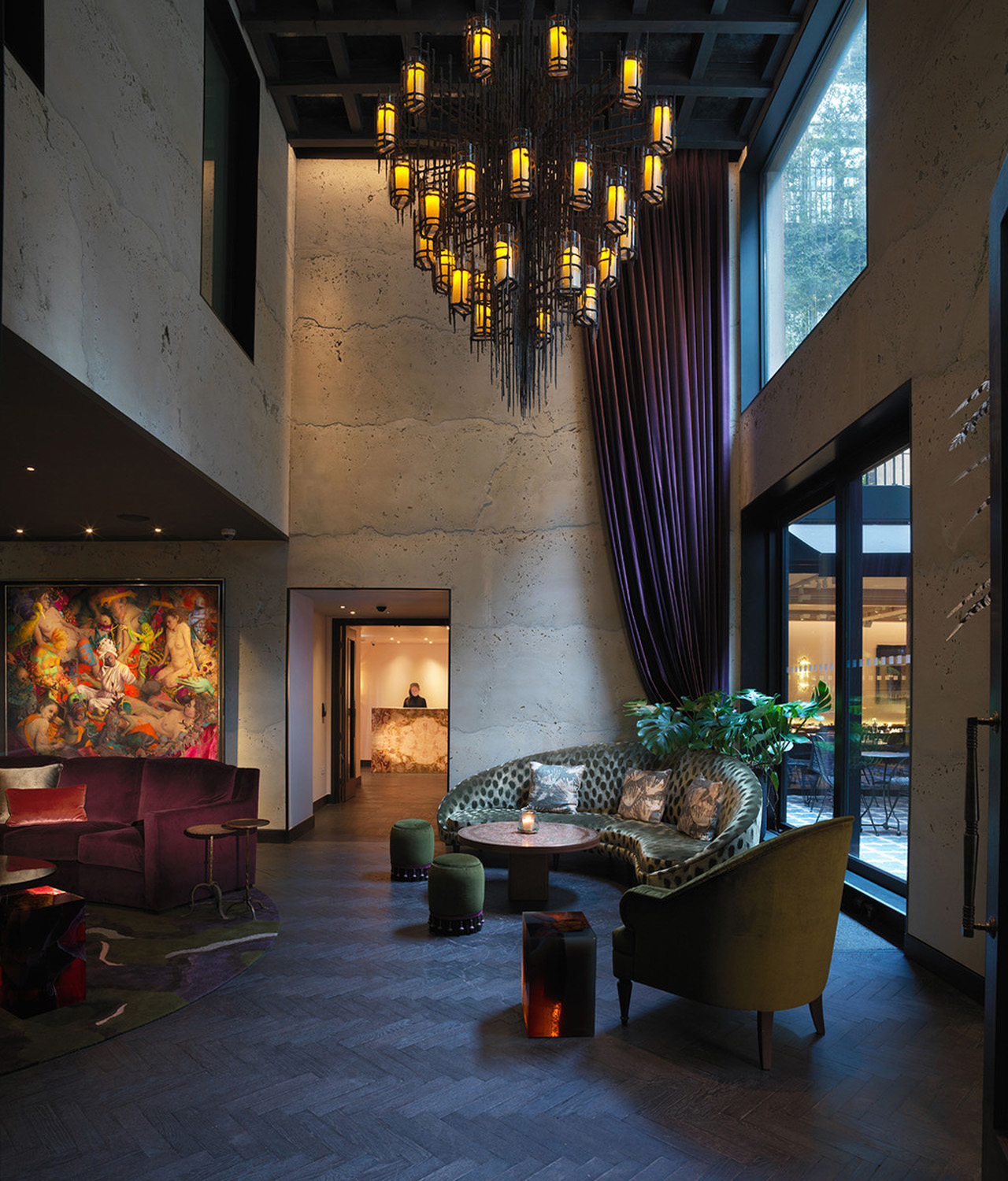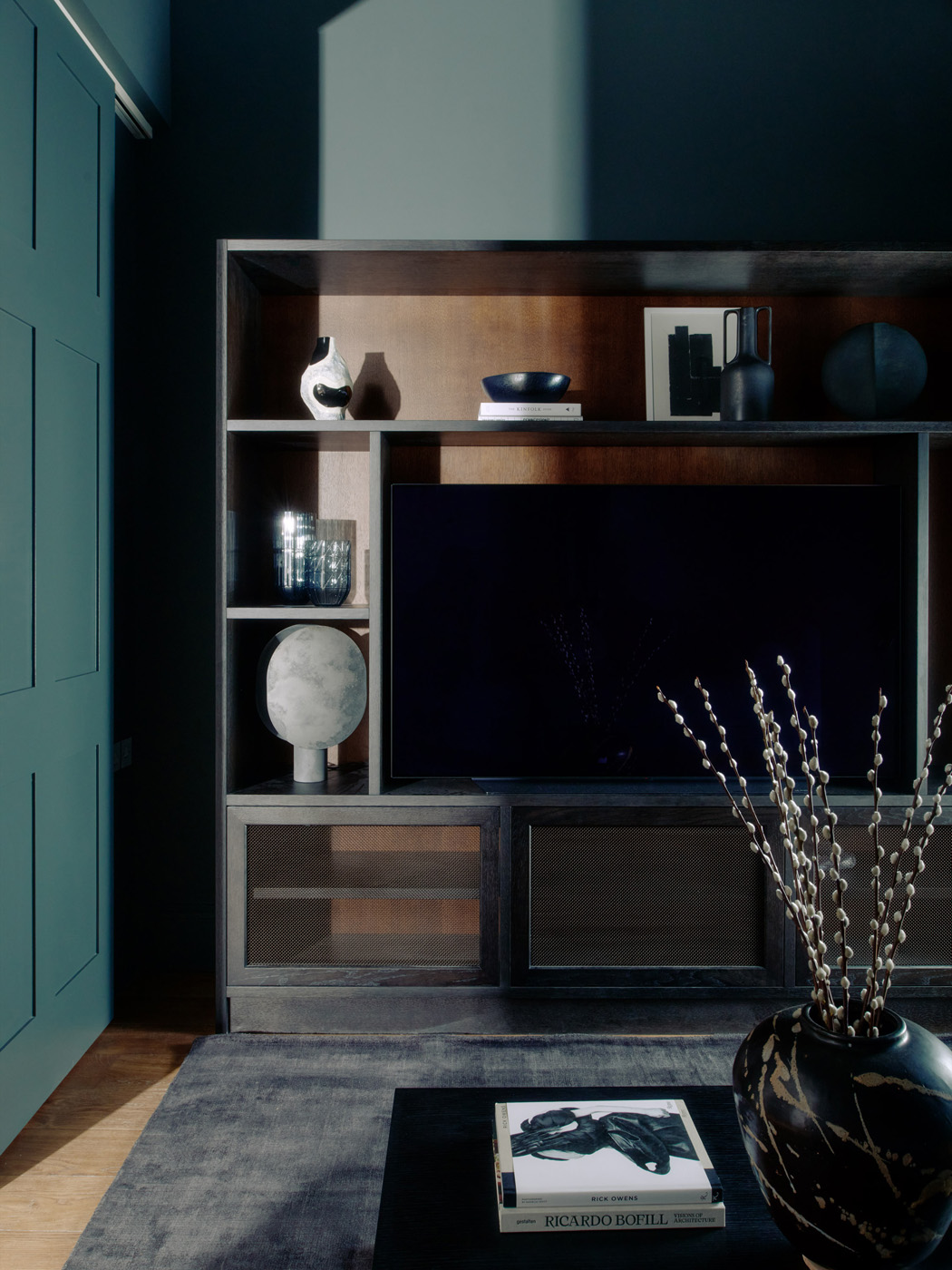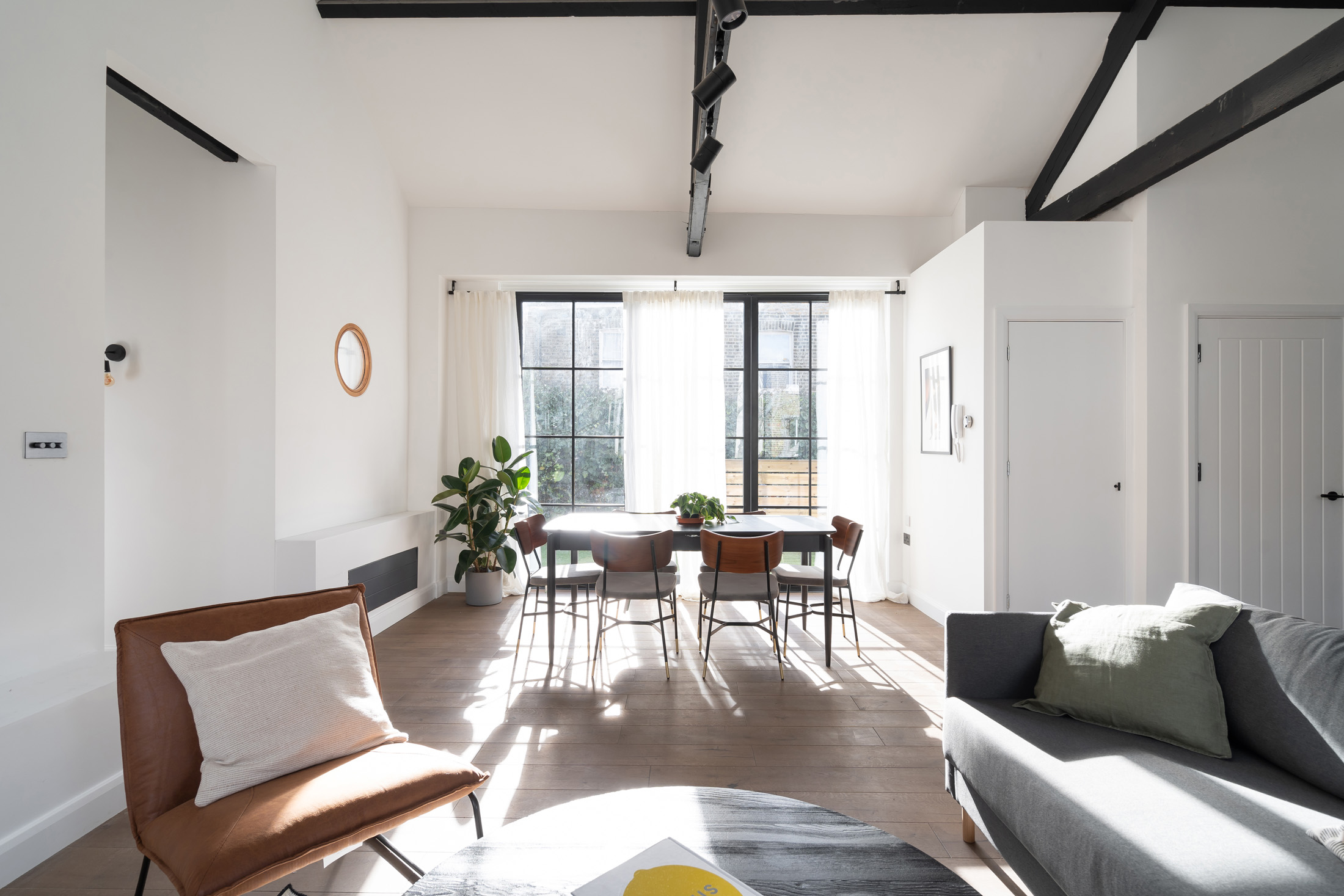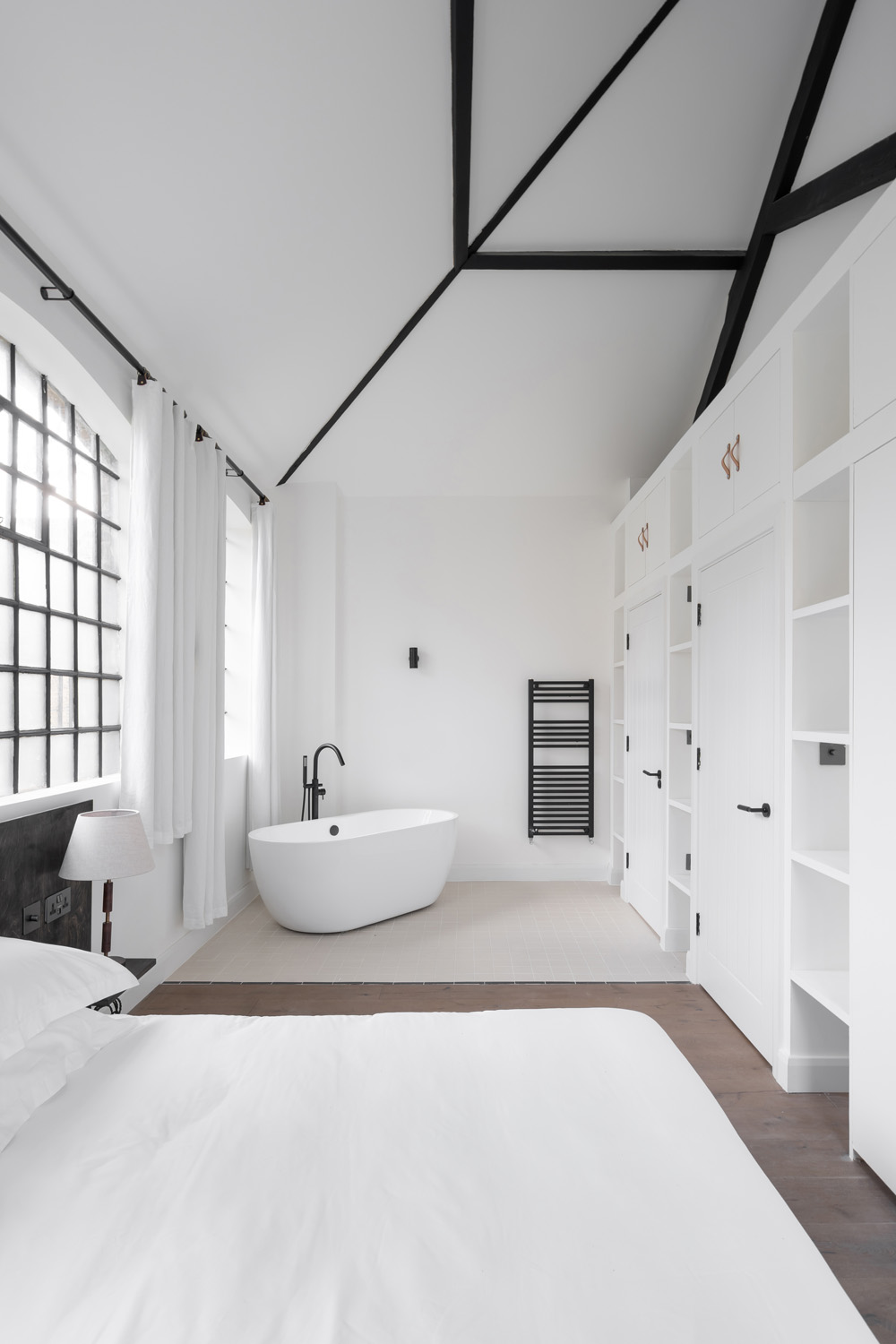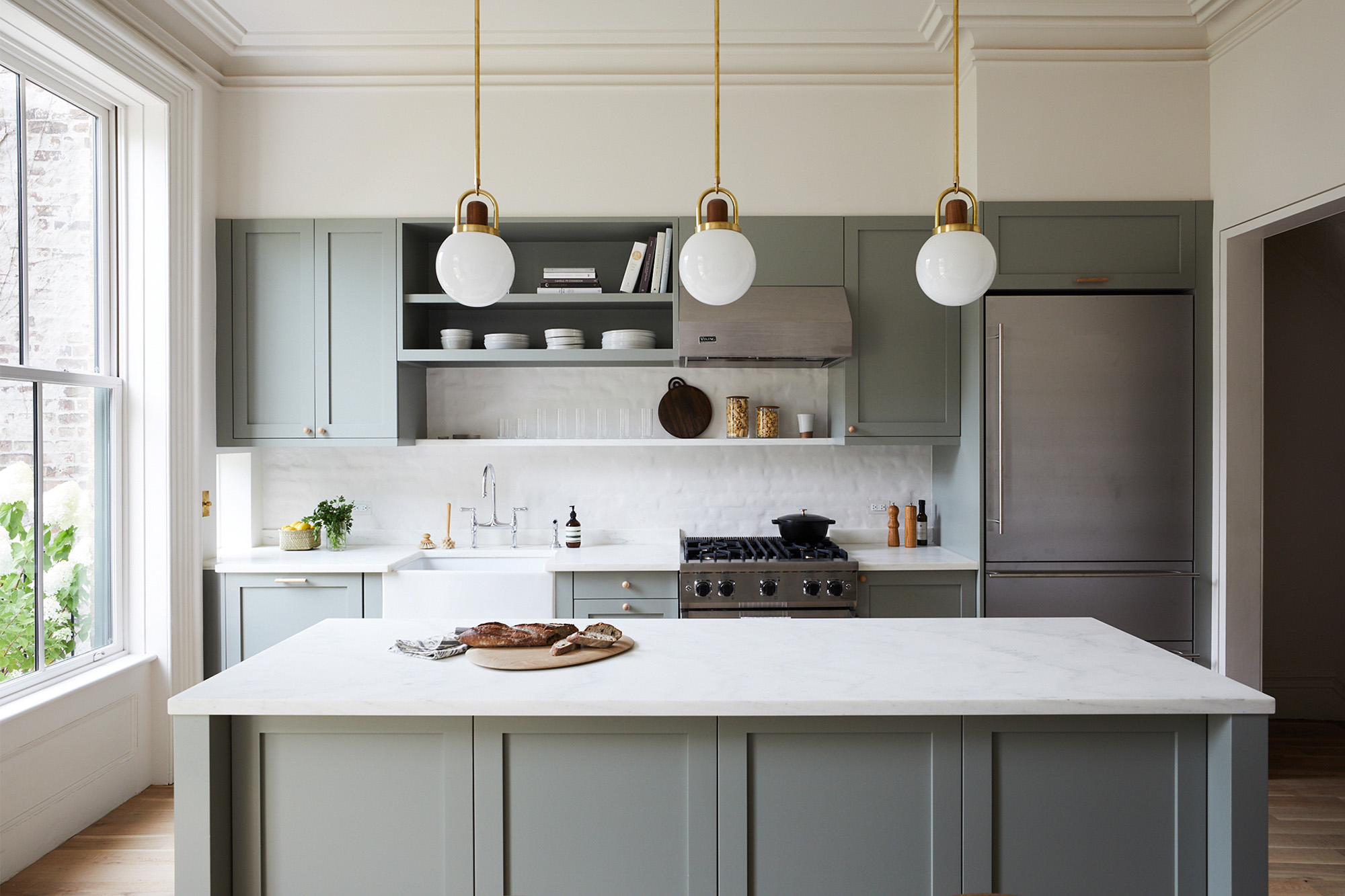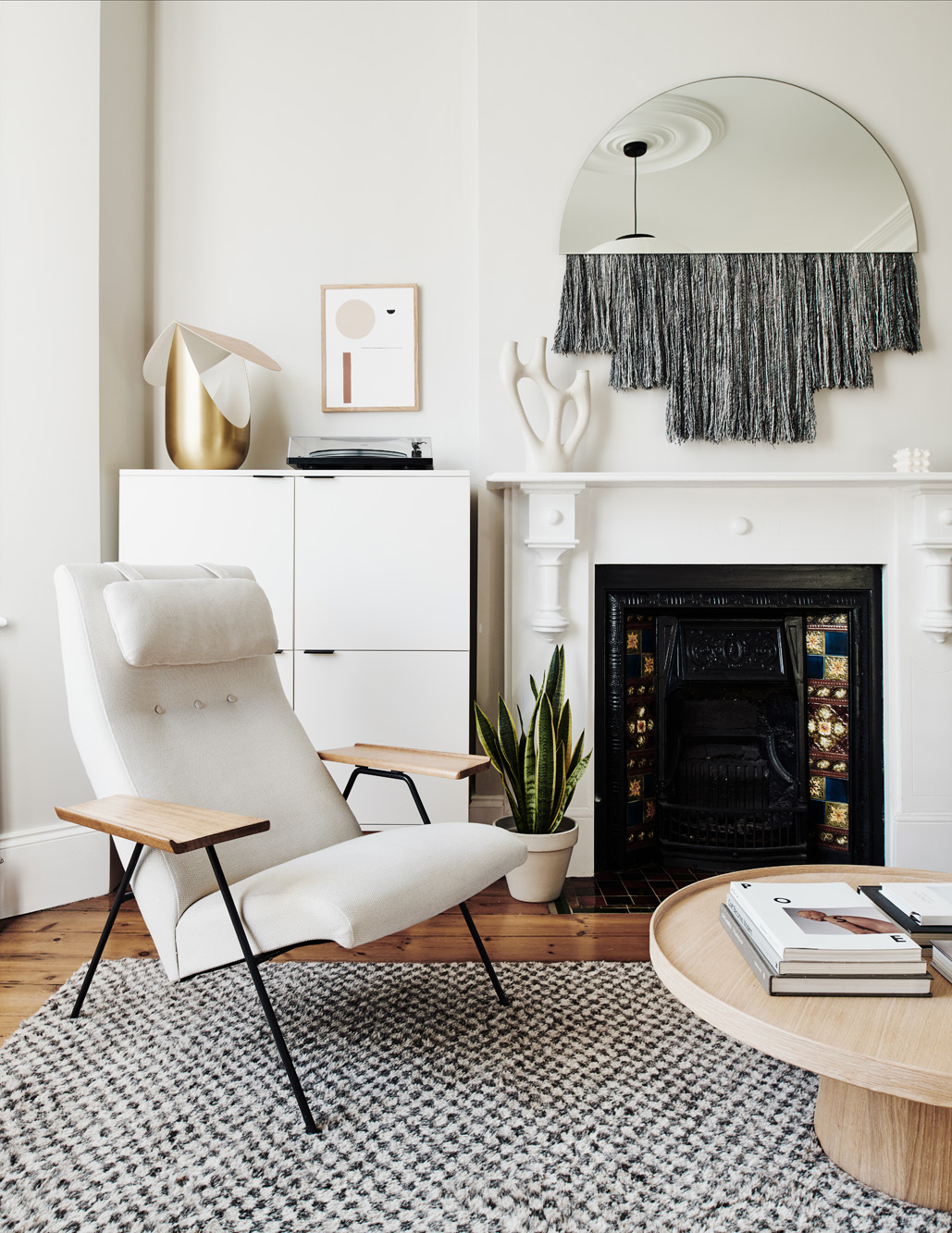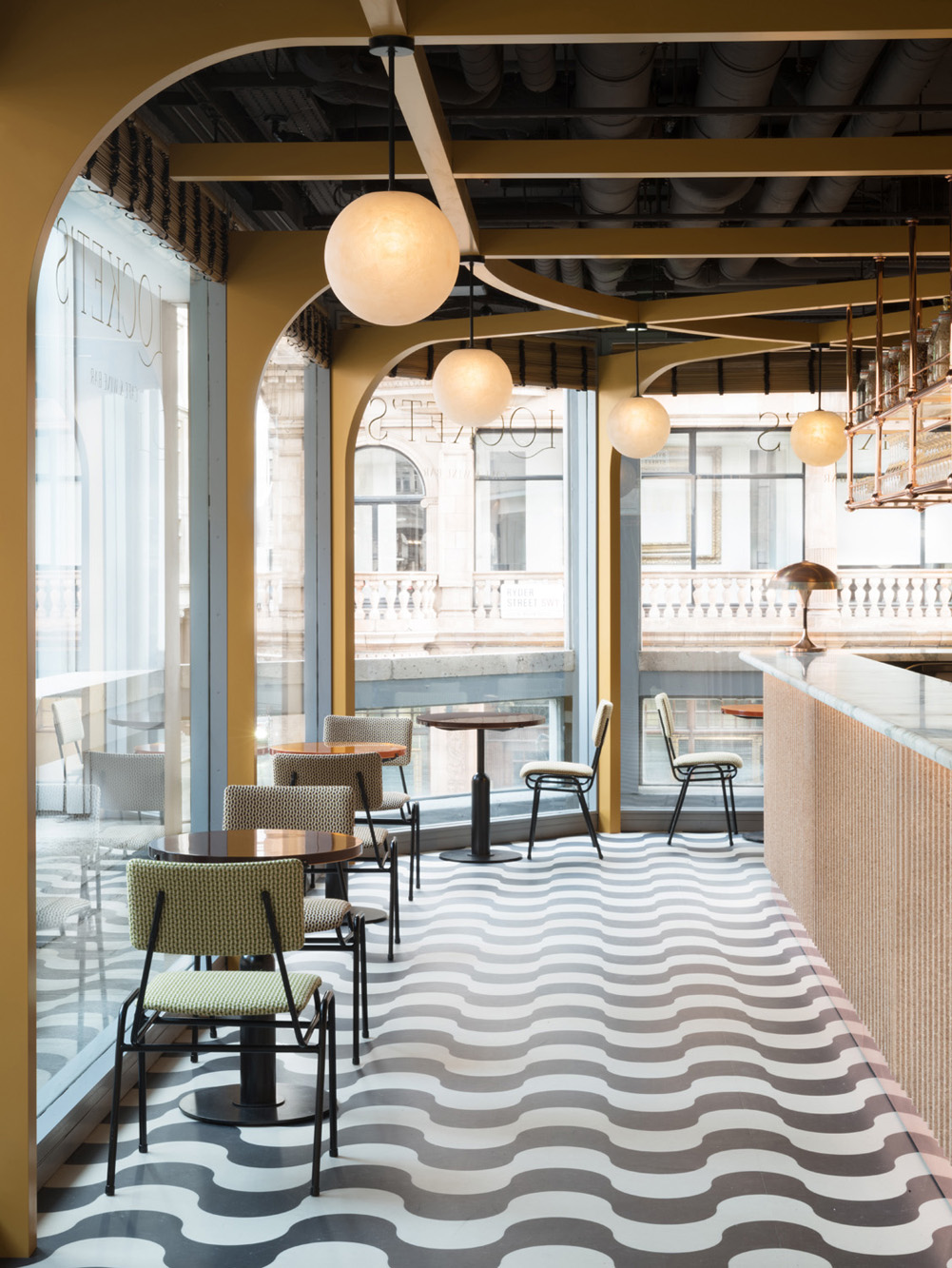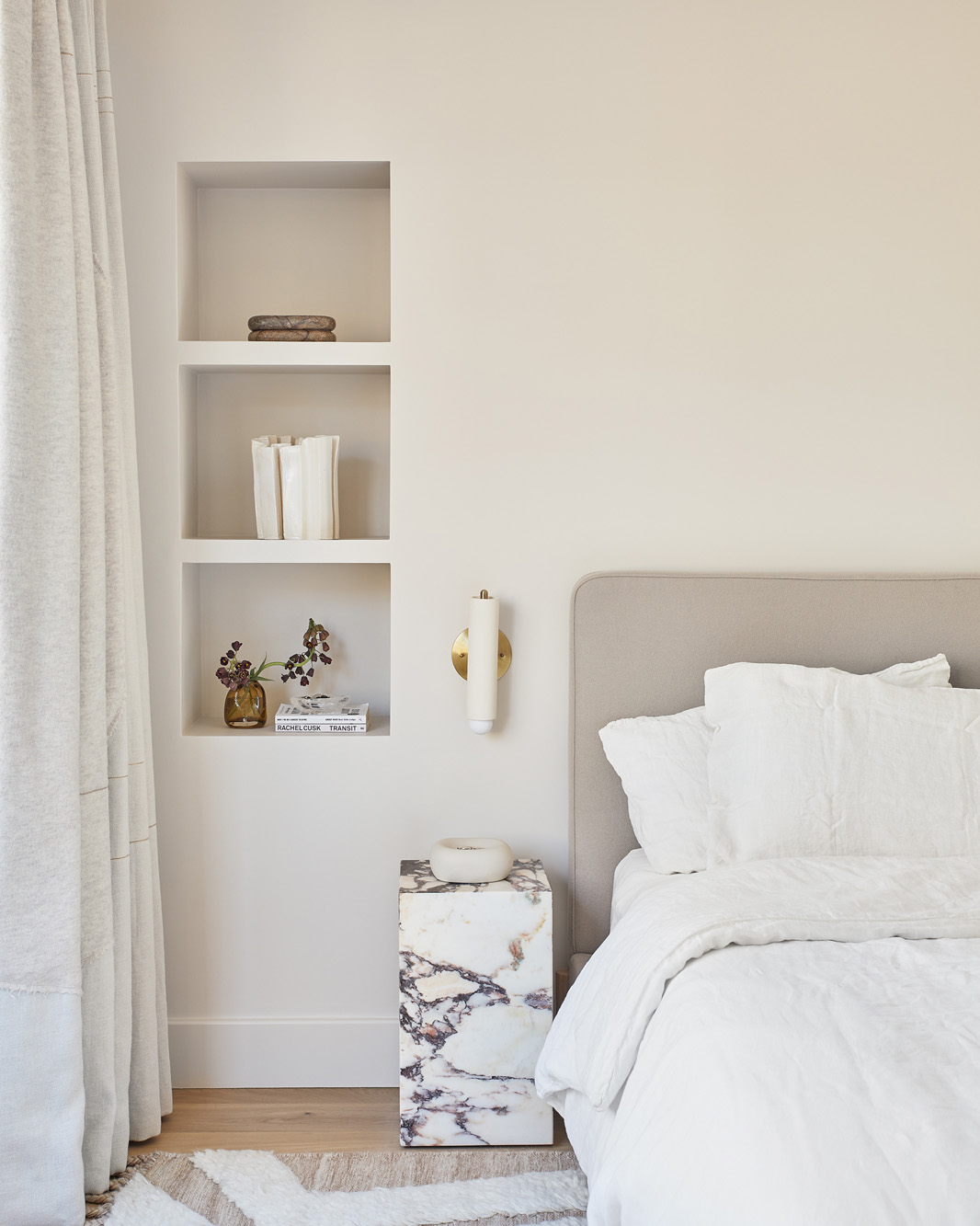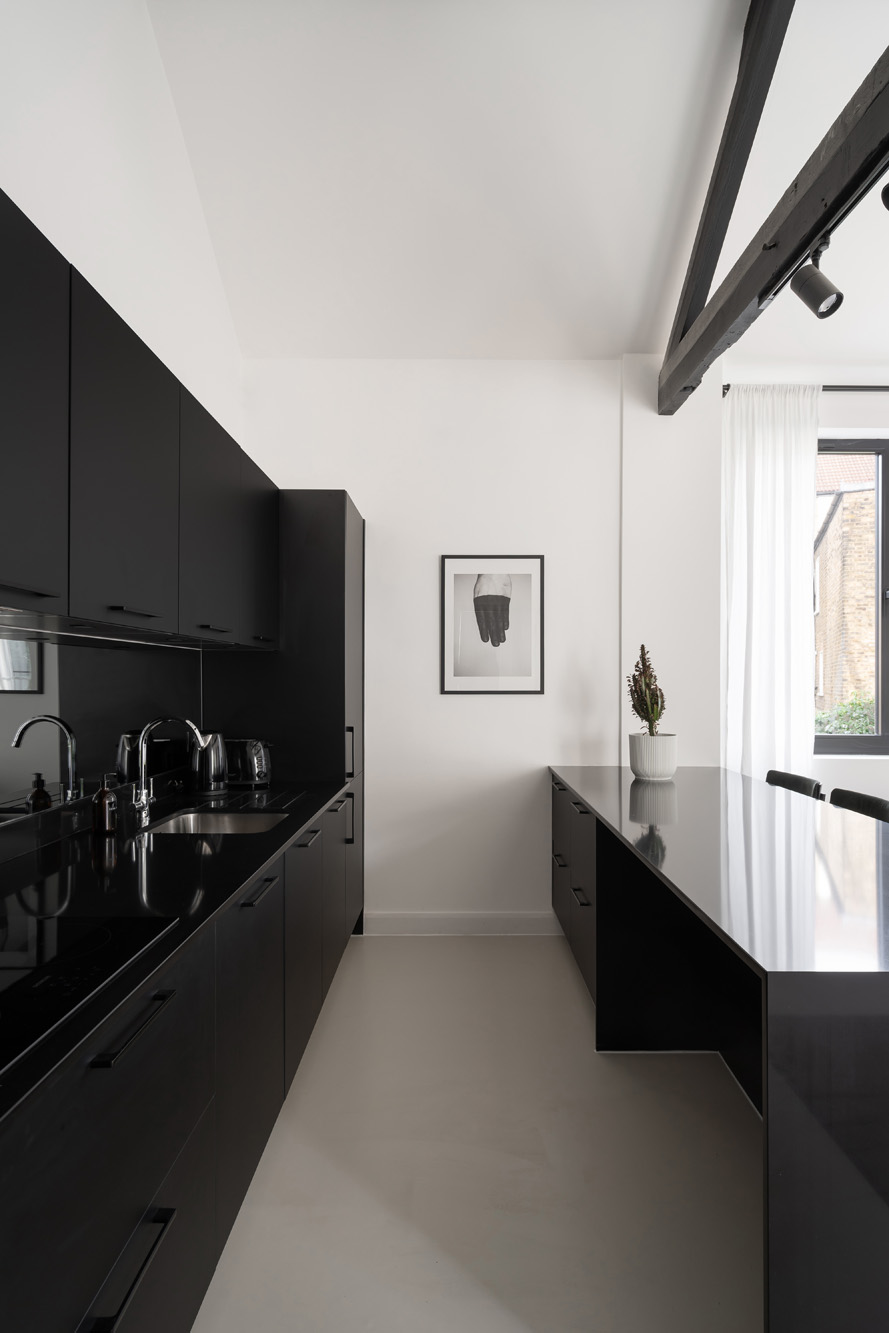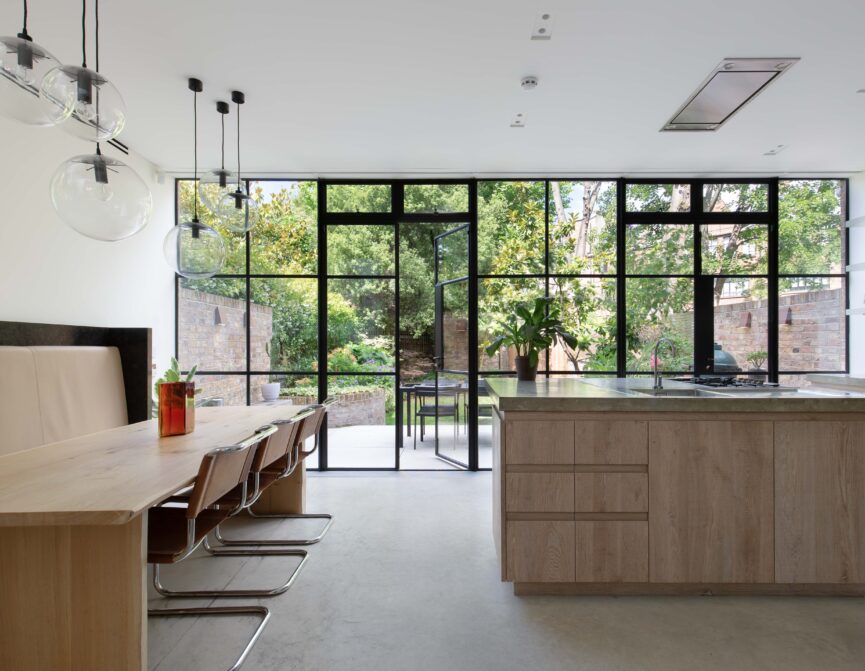Distinguished designers share tips on how to craft mood-boosting interiors.
Design affects everything we do. From the moment we wake up to when we wind down, it has the power to influence how we feel, and how we navigate our surroundings. Neuroscientists and psychologists agree – design can have a significant impact on our mental wellbeing.
As the spaces we have the power to change, our homes are where this dynamic tends to play out. No longer restricted to ancient principles or new-age trends, interior design is an evolving art form encompassing myriad styles and scenarios.
“Home has always been a place for people to retreat to,” muses interior designer Fran Hickman. “But it’s increasingly important that it serves more needs than it did previously.” Having choreographed schemes across West London and globally, one of Fran’s recent projects – a studio in Clerkenwell – highlights the importance of function. It demonstrates how design can create areas to meet all needs, from cooking and entertaining to sleeping and relaxing.

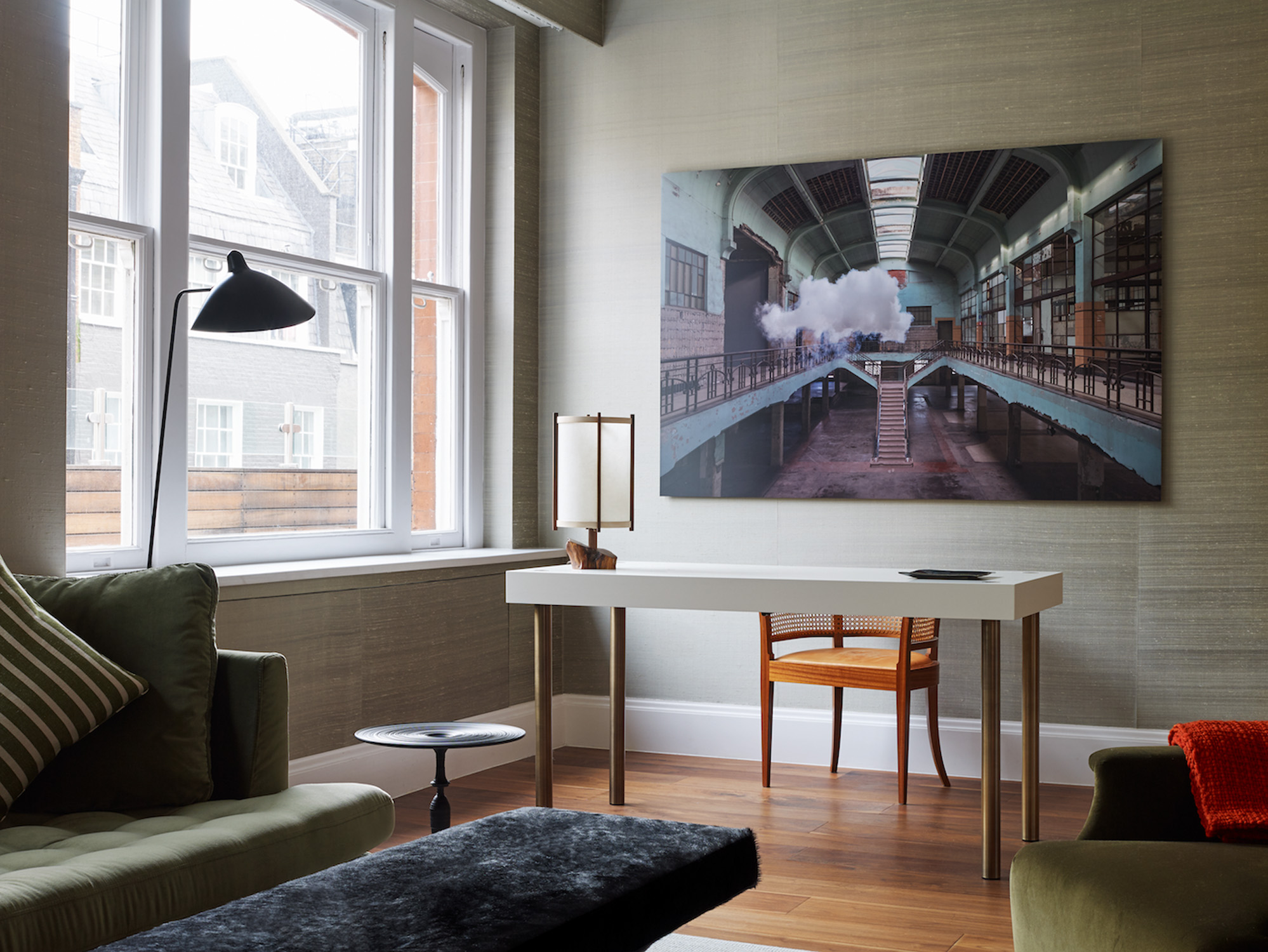

For Cinzia Moretti of Chiswick-based studio Moretti Interior Design, the practicality of design cannot be understated. “The starting point for our projects is how to improve the lifestyle of our clients,” she explains. Function isn’t the only consideration, however. Cinzia also places emphasis on more subjective topics. An expert on colour psychology, she believes colour is a key part of our interior wellbeing and that the hues in our homes quietly have a huge impact on our mood.
Our relationship with our homes has undoubtedly evolved in recent years. According to Cinzia, changing lifestyles mean we’re paying more attention to our interiors. “People want to create social space, yes, but also a personal room or corner to switch off from everyone,” she explains. “We now understand the importance of being surrounded by things that have meaning – that produce emotions when touching or seeing them.”
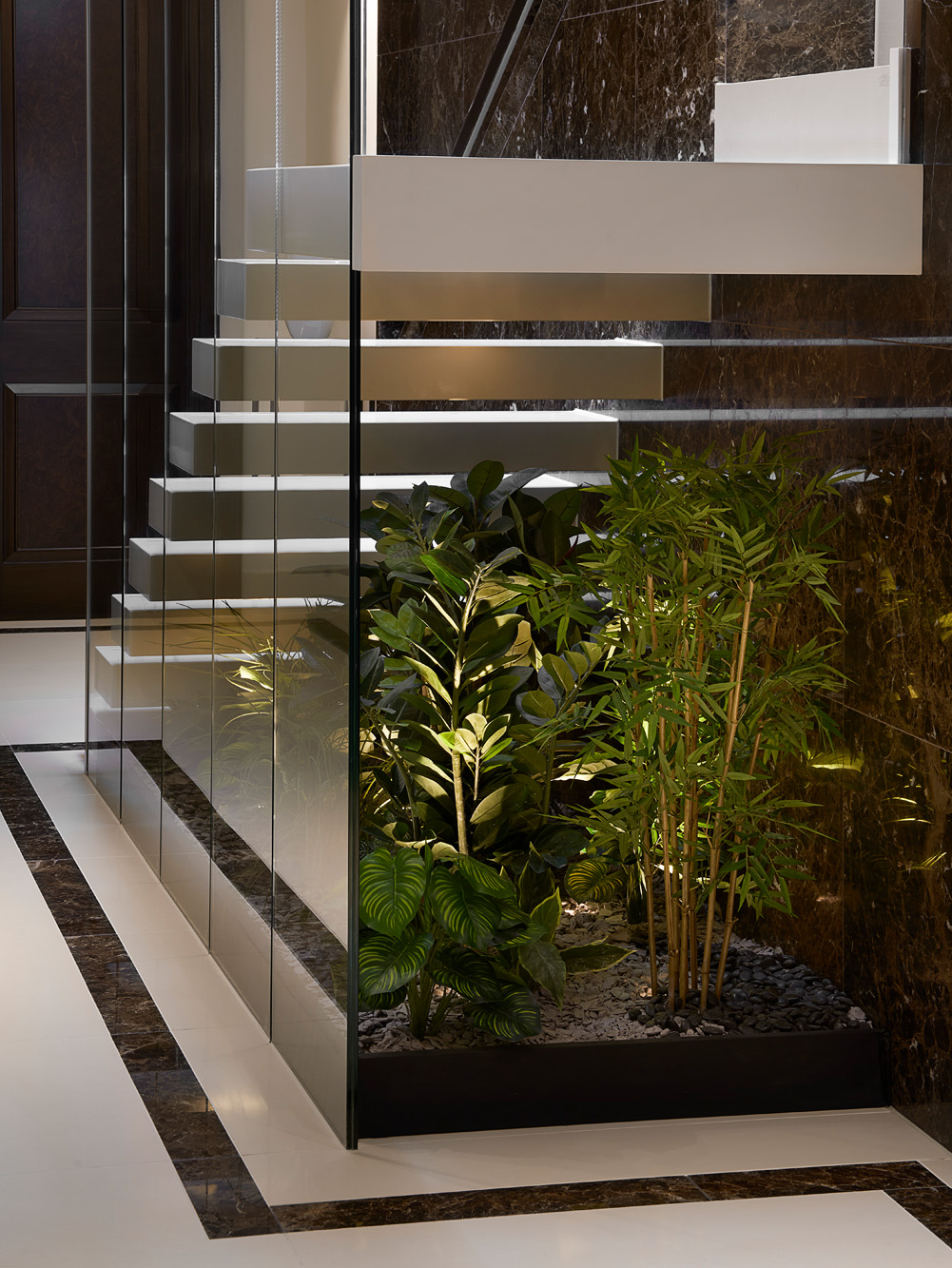
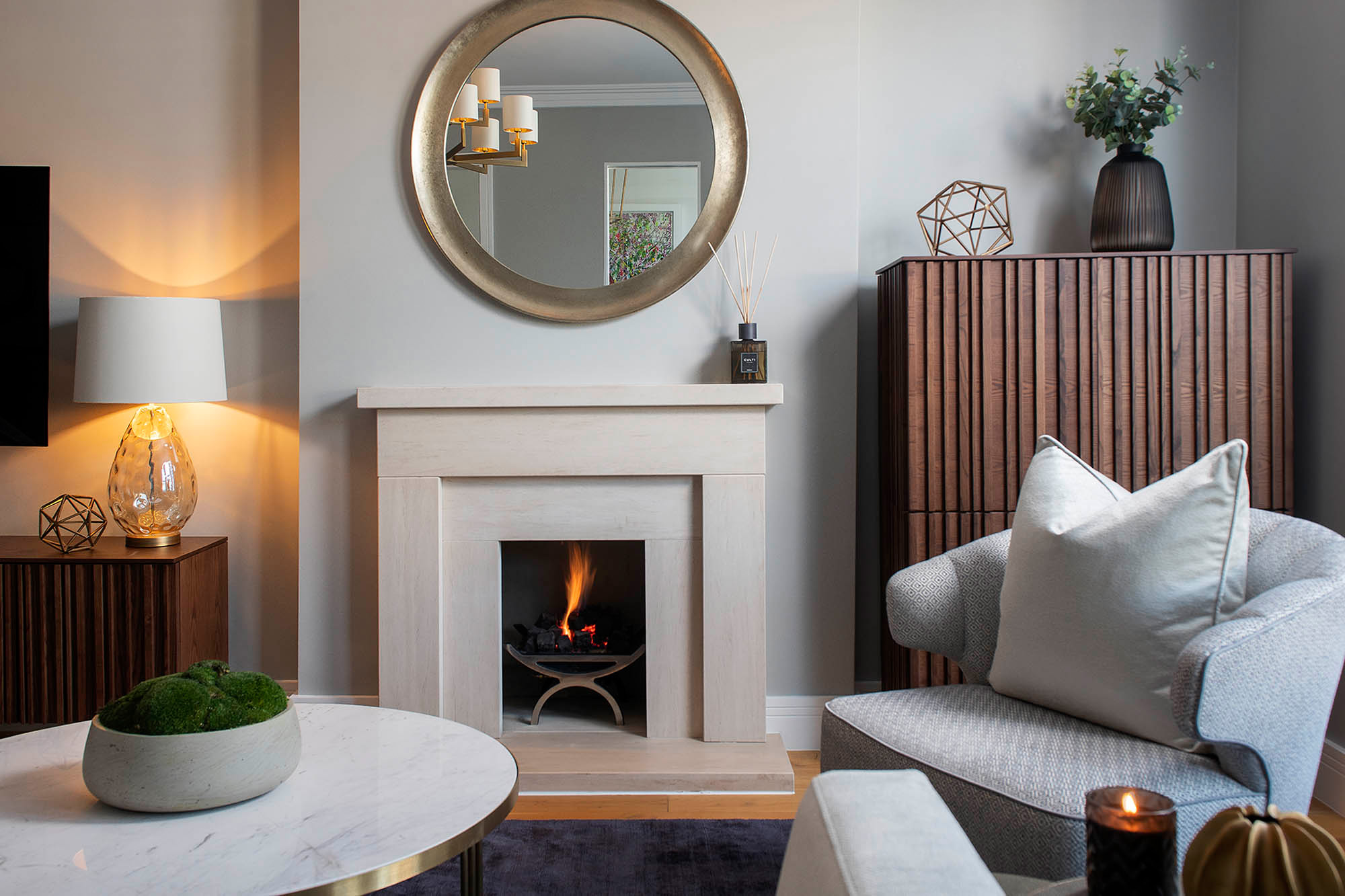

Lighting can improve the perceived value and size of a space.
- Cinzia Moretti
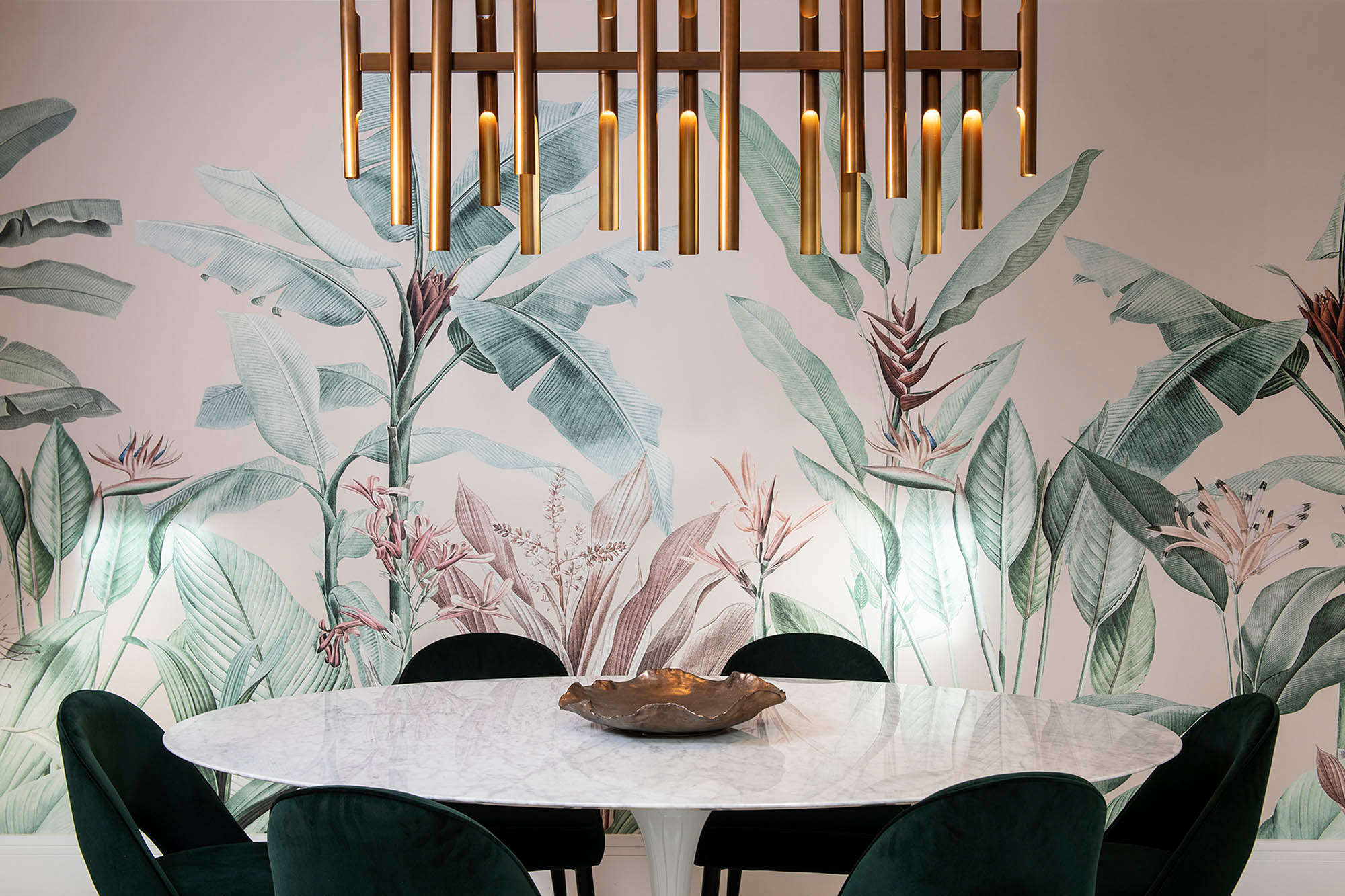
Tala Fustok of Tala Fustok Studio agrees. “Our priorities have shifted,” she reveals. The studio recently finished Palace Gate, a project neighbouring Hyde Park where a calming oasis was created to offset the client’s hectic lifestyle. “People now long for authenticity and culture. So we seek art, furniture and objects that have a meaning, a purpose and have been on a journey to get to the homes of our clients. The pieces we select have a story to tell.”
Tala rejects the idea that pared-back, clean-lined aesthetics are cold while eclectic styles equal a more welcoming environment. “Minimalism is comforting,” she asserts. “A chaotic space can mean a chaotic mind. When curating a space, you should always take a step back and select one item to take away.” To keep things uplifting, Tala relies on brown-based neutral colours and natural materials, such as linen and leather, or wall hangings to add instant warmth.
When curating a space, you should always take a step back and select one item to take away.
- Tala Fustok
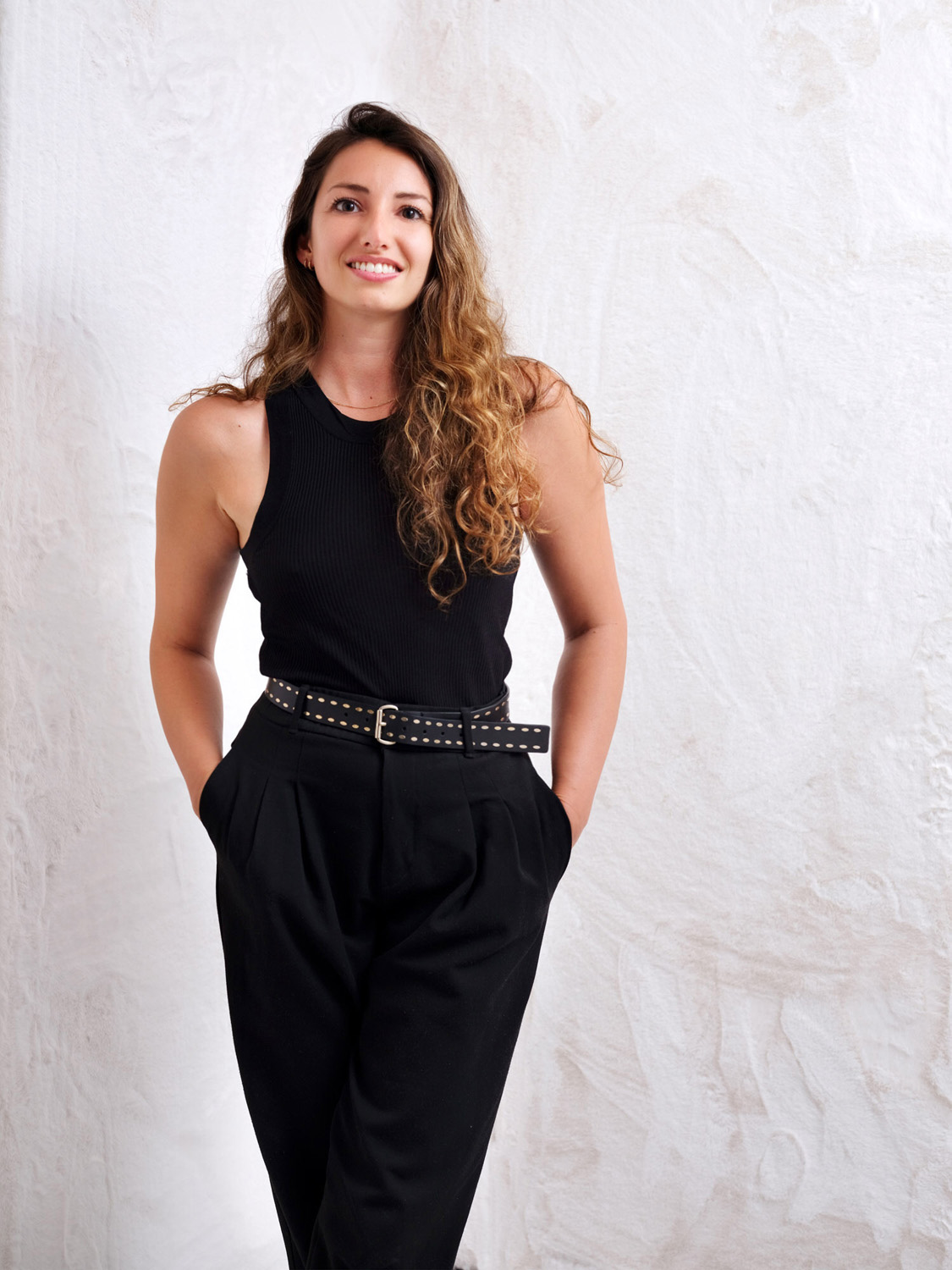
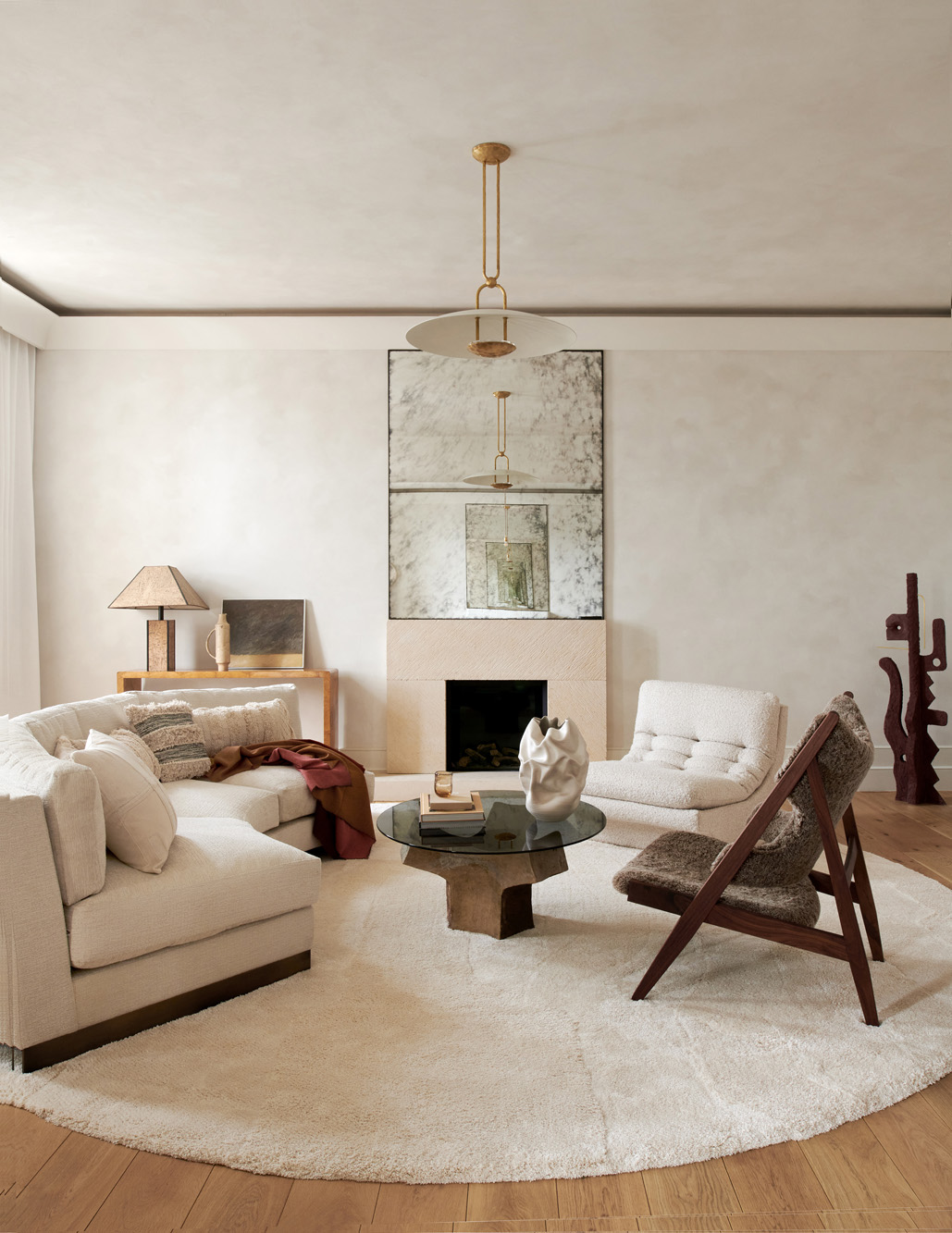

For design studio nune, the mood-boosting potential of a space comes through in the more imperceptible details. “Wellbeing plays out in the form of both physical and emotional comfort in a home, in a sense of joy or happiness when inhabiting the space, and also in an increase in things like interior air quality,” nune’s founder, Sheena Murphy, explains.
The studio recently completed Hope House in Queen’s Park – Sheena’s own home. With mindfulness at its core, the learnings were easily transferred to future projects. “By considering exactly what our clients need in their homes to function well and comfortably, and by keeping an eye on our environmental impact, we are able to achieve physical and emotional wellbeing,” Sheena says.
The studio’s go-to design choices include a quieter colour palette, with texture amping up the visual impact of a space, and movement in materials. Think soft wool, linen and mohair, with a vintage rug providing cosiness underfoot.
Perhaps the most vital intangible aspect of a project, lighting can turn a pleasant home into an astounding one. Sympathetically illuminating a room can highlight thoughtful design features, create warmth or produce entirely different moods and functions within the same space.
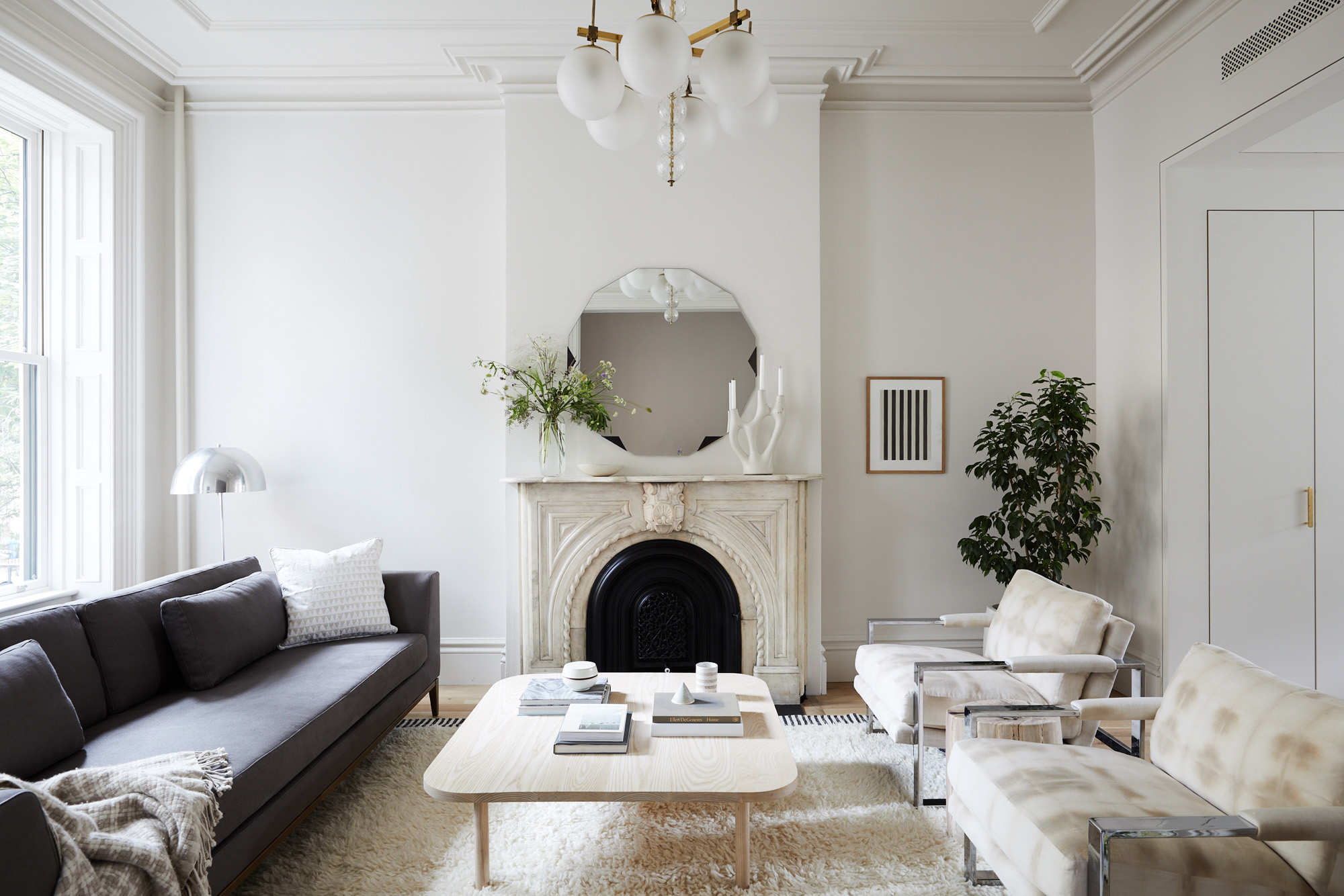
Wellbeing plays out in the form of both physical and emotional comfort in a home.
- Sheena Murphy
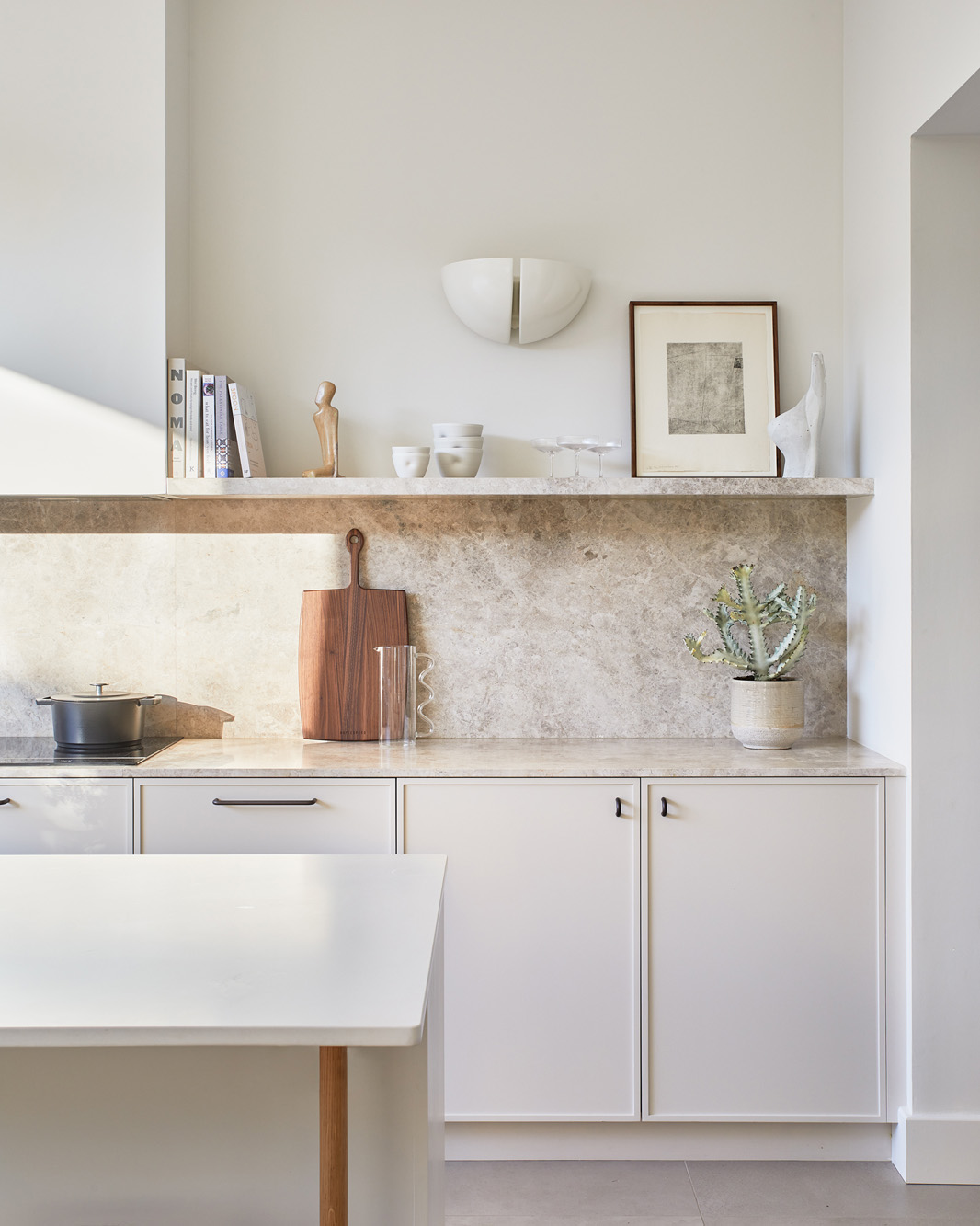
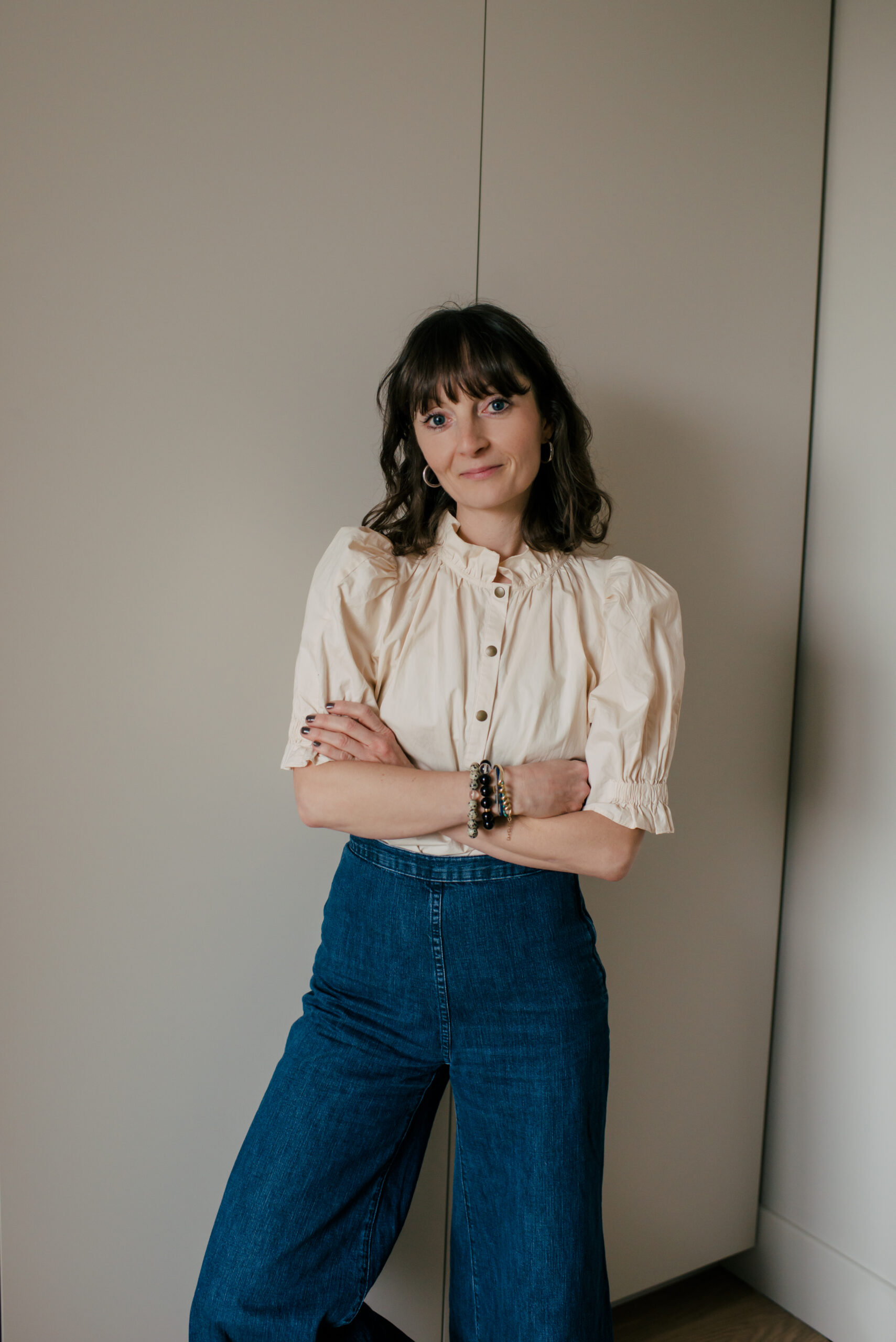

“Lighting is hugely important,” explains Sheena. “Having multiple light sources in one room allows for versatility depending on the function of the room at the time. One of the most important things to remember is to have all lights on a dimmer so you can control the mood depending on how you feel, or how you want to feel.”
By thinking about negative and positive space, lighting can also be a vehicle for creating pattern, texture or drama. “Low lighting can create shadows against any whitewashed clinical area to swap harshness for calm,” Tala Fustok adds. A keen proponent of using lighting to create impact, her studio uses light sources strategically to form delicate beads sprinkled throughout a room.
This artistic approach creates an important distinction between two types of lighting. “Ambient lighting for feeling, task lighting for function,” as Fran Hickman explains. “Those two aspects bring the feeling and help make the space work.”
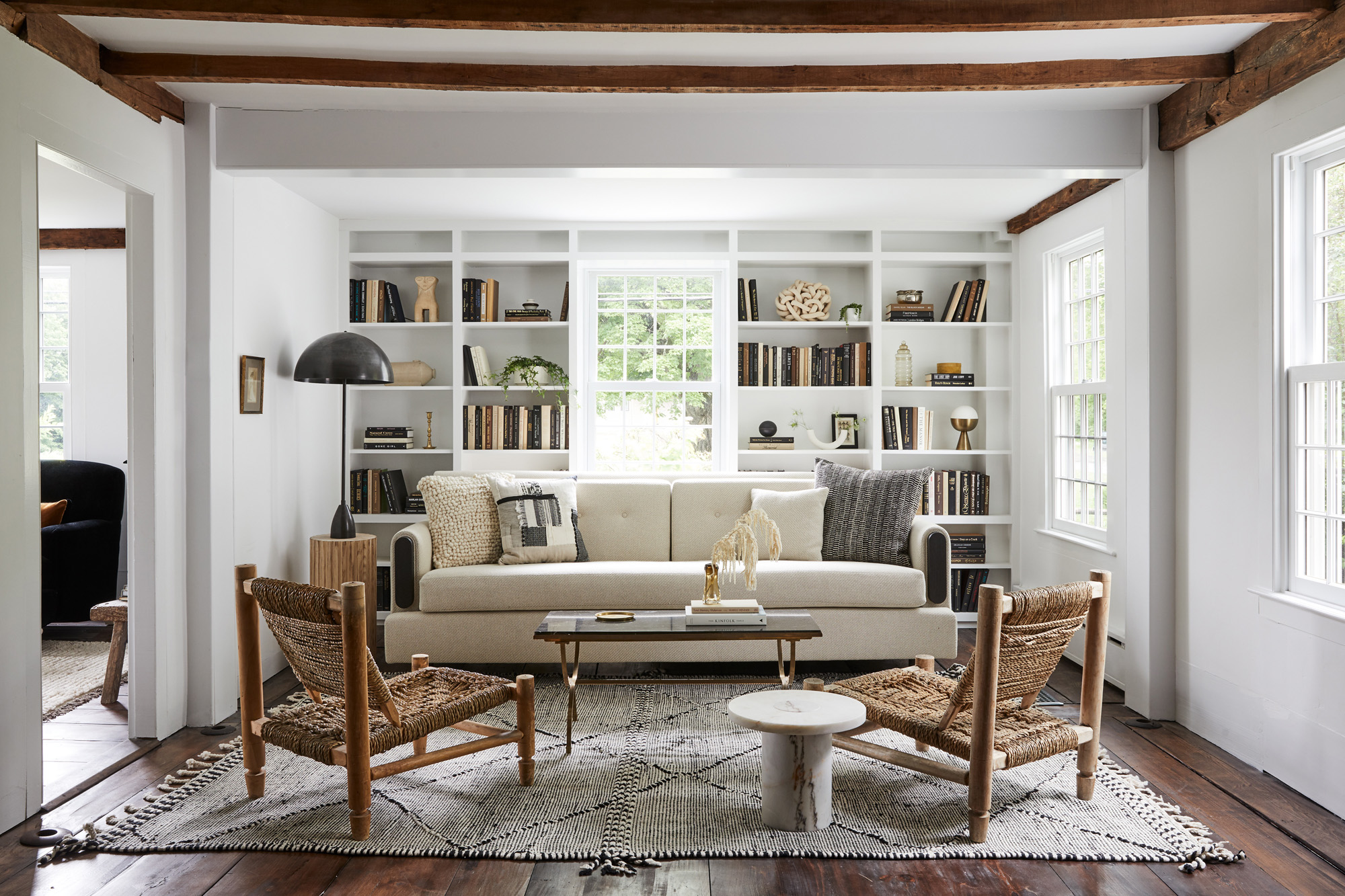
The role of natural light, and its associated effects, cannot be understated either. “Our human body is incredibly attuned to and dependent on the sun’s daily routine,” Cinzia Moretti states. “Lighting can even improve the perceived value and size of a space.” Of course, the sun isn’t the only form of natural light. “I’m a big fan of a fireplace,” Tala Fustok enthuses. “It’s the ultimate comforter.”
Whether it’s natural light, plant life or organic textures, Tala believes that features that bridge the inside and outside worlds can imbue a sense of honesty and comfort, making a sometimes imperceptible but nevertheless significant contribution to our mental wellbeing.
Fran Hickman agrees. “My mother always thinks the best gifts to give are things that just elevate the everyday – to make that everyday experience just a little bit better,” she recalls. “And I think you can do that with interior design.”


